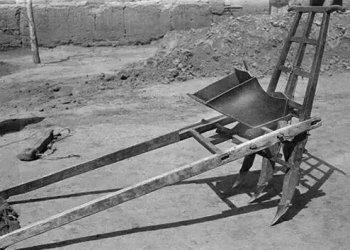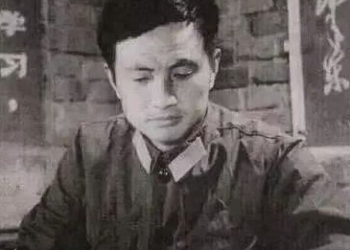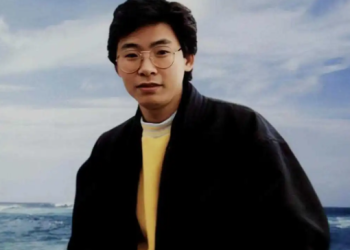In the grand landscape of modern industry, rare earths—referred to as the “vitamins of industry”—shine like a brilliant pearl, emitting an irreplaceable strategic glow. Rare earths are not a single element but a collection of precious metals, consisting of 17 elements such as lanthanum, cerium, praseodymium, and neodymium. Their pivotal role across numerous fields is akin to a key link in a chain, tightly connecting various sectors of modern industry and driving technological advancements and industrial upgrades.
In the field of electronics, rare earth elements are essential for manufacturing high-performance permanent magnet materials. These materials support the miniaturized motors and speakers found in devices like mobile phones, computer hard drives, and electric vehicle motors, greatly enhancing their performance and efficiency. In the new energy sector, rare earths are equally indispensable. Wind turbines use rare earth permanent magnets in their generators to achieve higher efficiency and stability. In the manufacturing of electric vehicle batteries, rare earth elements improve the performance and lifespan of the batteries.
In the military field, rare earths play a crucial role, too. Missile guidance systems, satellite communication equipment, advanced radar systems, and stealth coatings on cutting-edge fighter jets all rely on rare earth materials to enhance accuracy, sensitivity, and reliability, thus strengthening national defense capabilities.
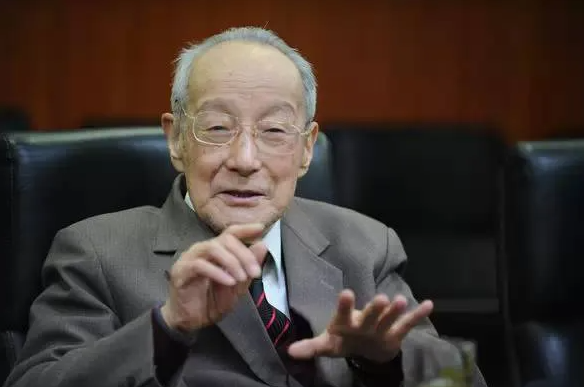
China, one of the world’s richest countries in rare earth resources, has long held an important position in the global rare earth industry. However, for quite some time, China’s rare earth industry faced numerous challenges. In the 1960s, the technology for rare earth refining and separation was monopolized by countries like the United States, France, and Japan. This technological blockade trapped China in the predicament of “selling resources cheaply,” forcing the country to export rare earth ores at low prices while importing high-priced refined rare earth products. This passive situation severely restricted the development of China’s rare earth industry and placed the country at a disadvantage in the international rare earth market.
It wasn’t until the appearance of a great scientist that China’s rare earth industry was revolutionized. This man, known as the “Father of Rare Earths,” is Academician Xu Guangxian. With his exceptional intelligence and relentless efforts, Xu broke through numerous technological barriers and pioneered the innovative “cascade extraction method,” which laid a solid foundation for the rise of China’s rare earth industry and helped the country gradually move to the center of the global rare earth stage.
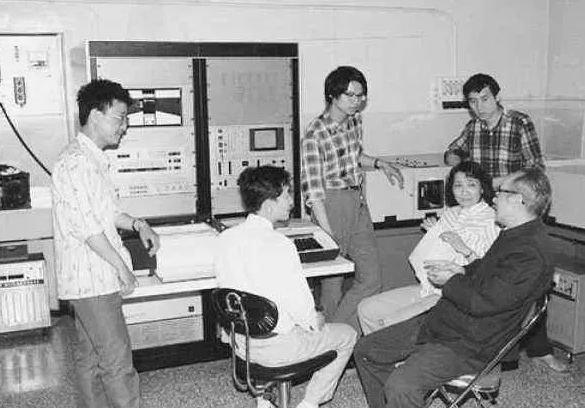
Xu Guangxian was born on November 7, 1920, into a scholarly family in Shaoxing, Zhejiang. His strong family environment laid a solid foundation for his growth. His father’s love for mathematics and his mother’s emphasis on knowledge planted the seeds of curiosity in his heart. From a young age, he was passionate about learning, especially chemistry and mathematics. In 1936, at the age of 15, Xu was admitted to the Department of Civil Engineering at Zhejiang University’s Hangzhou Advanced Industrial Vocational School. However, the shadow of war quickly descended, and his academic journey was forced to halt. During the tumultuous years, Xu moved around, but with unyielding perseverance and a relentless pursuit of knowledge, he passed several entrance exams and eventually graduated in July 1944 from the Department of Chemistry at Jiaotong University, earning a Bachelor’s degree in Science.
After graduation, Xu worked as a technician at Shanghai Baohua Chemical Factory. In 1946, he returned to Jiaotong University to assist Professor Gu Yidong in the Department of Chemistry. That same year, on April 18, Xu married his classmate Gao Xiaxia at the Shanghai International Hotel, embarking on a life-long journey together. Gao Xiaxia also loved chemistry, and the two shared a common interest. In the years to come, they not only supported each other in life but also worked side by side in scientific research, becoming one of the most admired “couples in science.”

In January 1948, Xu Guangxian was awarded a self-funded scholarship to study abroad in the United States. He entered the graduate program in Chemical Engineering at Washington University in St. Louis. Due to financial difficulties, Xu transferred to Columbia University, where he studied under quantum chemistry master Professor C.D. Beckman. Immersed in Columbia’s academic atmosphere, Xu completed his master’s degree in just one year and began pursuing his PhD. In 1950, Xu was inducted into the Phi Lambda Upsilon Honorary Chemical Society for his excellent performance. By March 1951, Xu successfully obtained his doctorate, with his thesis focusing on the quantum chemical theory of optical activity, showcasing his exceptional academic talent.
While Xu was making steady progress in his academic career, the founding of the People’s Republic of China became a beacon of hope. Despite his advisor’s strong recommendations and promises of favorable conditions, Xu and Gao Xiaxia were resolute in their desire to return to China and contribute to its development. Amid the outbreak of the Korean War, the U.S. government was about to introduce a policy to prevent Chinese students from returning home. Xu, deeply concerned, decided to give up everything in the United States and return to China to serve his country. Gao Xiaxia, equally passionate about the motherland, unhesitatingly supported her husband’s decision, abandoning her unfinished doctoral studies. On April 15, 1951, Xu and Gao boarded the “General Gordon” ship under the guise of visiting relatives, enduring hardships and finally returning to their long-lost homeland. This return was not only a pivotal moment in their lives but also a crucial turning point in the development of China’s rare earth industry. They brought with them their passion and advanced knowledge, injecting new vitality into China’s scientific research sector.
In the 1970s, China’s rare earth industry was in a difficult development stage. Despite being the world’s richest country in rare earth resources, China’s rare earth industry was passive due to outdated separation technology. At the time, the rare earth separation technology was tightly controlled by Western countries, forcing China to export rare earth concentrates and mixed rare earth ores at low prices, while importing high-purity rare earth products at exorbitant prices. This situation was like a sharp thorn in the path of China’s rare earth industry development.

Rare earths, essential materials for the development of high-tech industries like electronics and aerospace, are often called the “vitamins of industry.” As Deng Xiaoping famously stated, “The Middle East has oil, China has rare earths. We must make sure to develop our rare earth industry well!” In 1972, Peking University’s Department of Chemistry was tasked with a difficult military project: to separate the highly similar praseodymium and neodymium, which required extremely high purity. These two elements are like identical twin brothers, with nearly identical electronic structures and chemical properties, making their separation one of the most challenging tasks in the rare earth industry. The popular methods of rare earth separation at the time—ion exchange and fractional crystallization—were inefficient, expensive, and incapable of meeting industrial production needs.
Facing this dilemma, Xu Guangxian, an expert in chemical research, decided to take on the monumental task. He understood that this mission not only concerned his personal scientific achievements but also the future of China’s rare earth industry. If this technological bottleneck could not be overcome, China’s rare earth industry would remain forever dependent on foreign technology, forever relegated to being a supplier of cheap raw materials in the international market.
After years of research, Xu Guangxian developed a new method of extraction that successfully solved the separation problem. This breakthrough revolutionized the Chinese rare earth industry and helped China become a global leader in rare earth refining. Xu’s innovation in cascade extraction not only solved the technical problems but also laid the foundation for China’s rare earth industrial system, making it one of the most advanced in the world.
